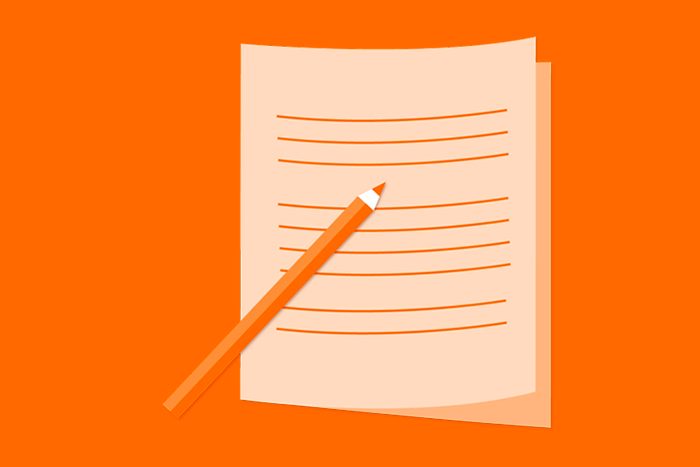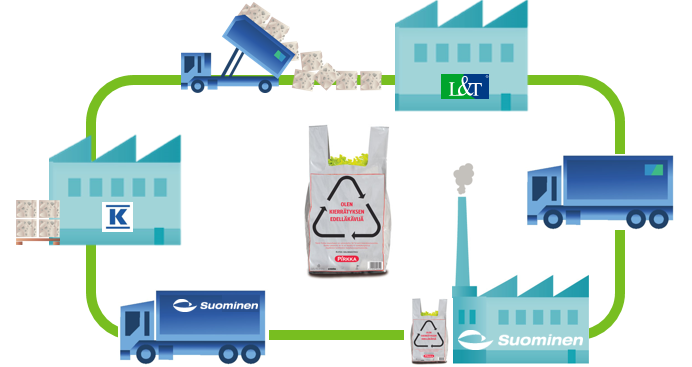

Viewpoints
Viewpoints is a blog in which different writers express their views and opinions on current topics. A new blog post is published about once every four weeks.
You can propose texts by e-mail to viestinta@kesko.fi. The maximum text length is 2,000 characters.
Petri Salermo: Kesko for circular economy
There is a lot of talk about a circular economy today. As such, the concept is about old inventions, such as maintenance, leasing, repair business, reuse and recycling. An interesting opportunity arises when this is combined with the digital approach and new business models which break down the barriers of traditional ones.
In its simplest form, a circular economy means to consumers that products are retained in use as long as possible by either repairing or recycling them to new owners or used as raw materials of new products. We don’t need to own everything ─ goods can also be borrowed or rented.
The circular economy also brings about changes in the grocery trade at least in two different ways. The first one is the traditional viewpoint, that is, the rules and regulations which place new obligations in the trading sector, too. Obligations concerning the recycling of materials are becoming stricter, while the requirements for transparency in reporting also increase. Kesko is in an excellent position because we have, together, achieved fine results in materials recycling and the development work will continue.
Another change brought about by the circular economy is closely linked to consumer behaviour: Consumers want more and faster than before. Brick and mortar stores are becoming meeting spots where people can handle as many things as possible at the same time. It is here that the trading sector should combine the opportunities provided by the circular economy with other business activities.
Could we think that the store will also become a meeting spot for different material flows? Could we use the same logic of reverse logistics that we have successfully used for years in Kesko’s operations, for example in the collection and utilisation of packaging plastic? That is, could consumers return their discarded materials to the store when they come to buy something new, based on the concept of ‘bring in with you, take out with you’? 
An example of efficient reverse logistics: Pirkka recycled plastic bags, made of Keslog’s leftover packaging plastic.
Another success story that we could learn about is Palpa’s deposit refund system, which is beyond compare even on a global scale. A money deposit could act as a good motivator in recycling of other materials too or maybe consumers could get a discount against the deposit when buying a new corresponding product?
The circular economy could benefit all parties: generate more activity to brick and mortar stores, improve services provided to consumers, and make all this in the way that is economical for the store and sustainable for the environment. I think we should not be just waiting for these changes to take place but get down to business right away. Kesko has done extremely good work for the circular economy for many years. Now it would be a favourable time to duplicate these ideas at the consumer interface.
Why do I believe that these ideas could really work? Because Finnish consumers are looking for new circular economy innovations. According to the survey conducted for us, there is demand for new services as long as they are easy enough to use and linked to our everyday lives.
Petri Salermo
Vice President, Environmental Services
Lassila&Tikanoja plc